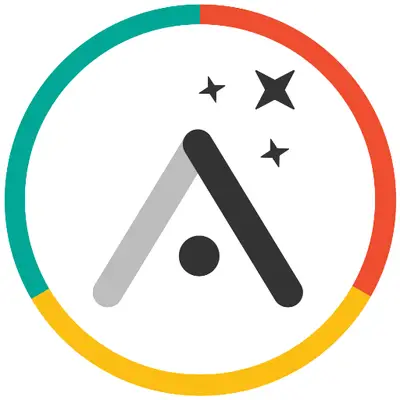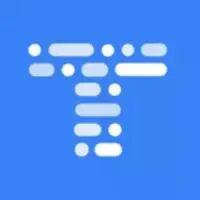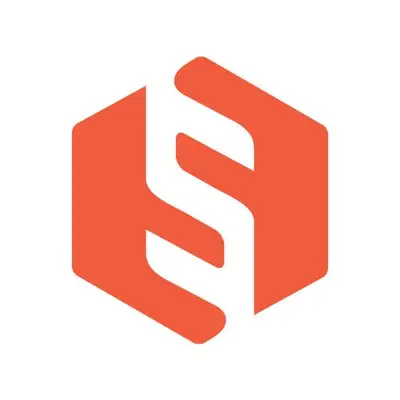For experienced UX designers & product people, pretend that Sketch & Airtable had a baby named Adalo, and that product could create real native apps!
For those of you that are new to the no-code space, Adalo makes creating apps as easy as putting together a slide deck. Turn your idea into a real app — without writing a single line of code. Best part of all, you can publish your apps to the Apple App Store, Google Play, and your own website. Check out a 2 minute overview of Adalo below!










